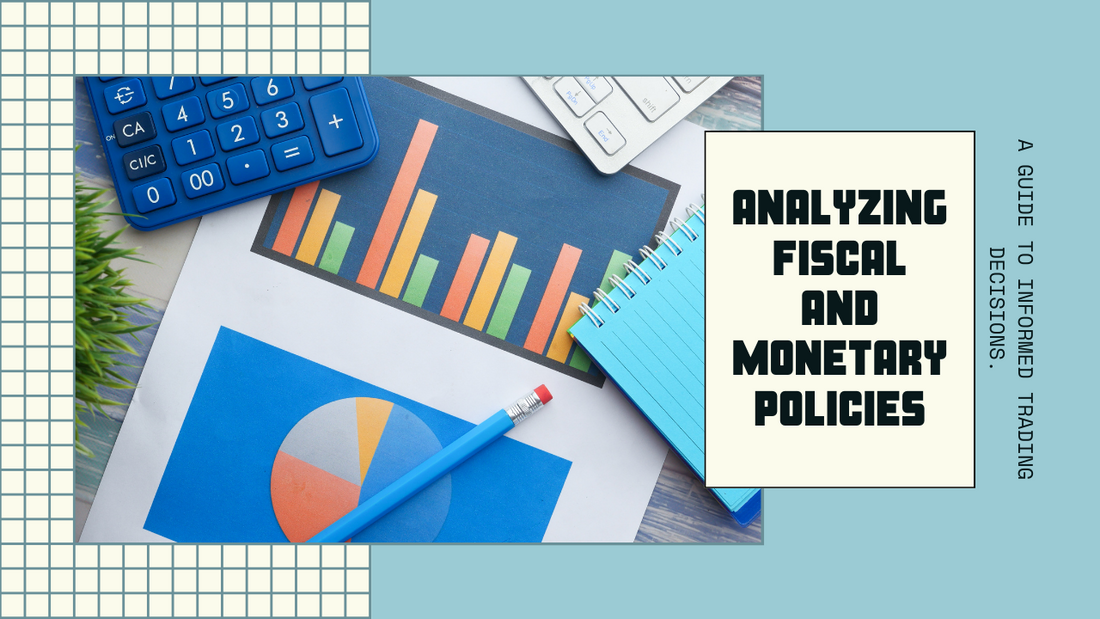
Analyzing Fiscal & Monetary Policies: A Step-by-Step Guide
Share
When it comes to understanding the economy, fiscal and monetary policies play a crucial role. These policies are implemented by governments and central banks to stabilize and stimulate economic growth. But how can you analyze these policies and their impact? In this step-by-step guide, we will walk you through the process.
Step 1: Understand the Basics
Before diving into the analysis, it's important to have a solid understanding of fiscal and monetary policies. Fiscal policy refers to the use of government spending and taxation to influence the economy. On the other hand, monetary policy involves the control of money supply and interest rates by the central bank. Familiarize yourself with these concepts to lay a strong foundation for your analysis.
Step 2: Gather Data
Data is the backbone of any analysis. Start by collecting relevant data on government spending, taxation, money supply, interest rates, and other economic indicators. Look for reliable sources such as government reports, central bank publications, and reputable economic research institutions. Ensure that the data is up-to-date and accurate.
Step 3: Identify the Policy Objectives
Next, identify the objectives of the fiscal and monetary policies you are analyzing. Common objectives include promoting economic growth, controlling inflation, reducing unemployment, and stabilizing financial markets. Understanding the goals of the policies will help you evaluate their effectiveness.
Step 4: Analyze the Impact
Now it's time to analyze the impact of the policies on the economy. Look for correlations between policy changes and economic indicators. For example, if the government increases spending, does it lead to higher economic growth? If the central bank lowers interest rates, does it stimulate borrowing and investment? Use statistical tools and economic models to quantify the impact as much as possible.
Step 5: Consider the Timeframe
Keep in mind that the impact of fiscal and monetary policies may not be immediate. It takes time for the policies to filter through the economy and produce results. Consider the timeframe over which you are analyzing the policies and take into account any lag effects.
Step 6: Evaluate the Effectiveness
Based on your analysis, evaluate the effectiveness of the fiscal and monetary policies. Did they achieve their intended objectives? Were there any unintended consequences? Compare the actual outcomes with the expected outcomes to assess the policies' success.
Step 7: Consider External Factors
Lastly, take into account external factors that may have influenced the outcomes. Economic events, global trends, and political factors can all impact the effectiveness of fiscal and monetary policies. Consider these factors in your analysis to provide a comprehensive assessment.
By following these steps, you can analyze fiscal and monetary policies with a systematic approach. Remember to rely on data, use objective language, and consider the broader economic context. With practice, you'll become more proficient in analyzing these policies and gaining insights into the complex world of economics.



